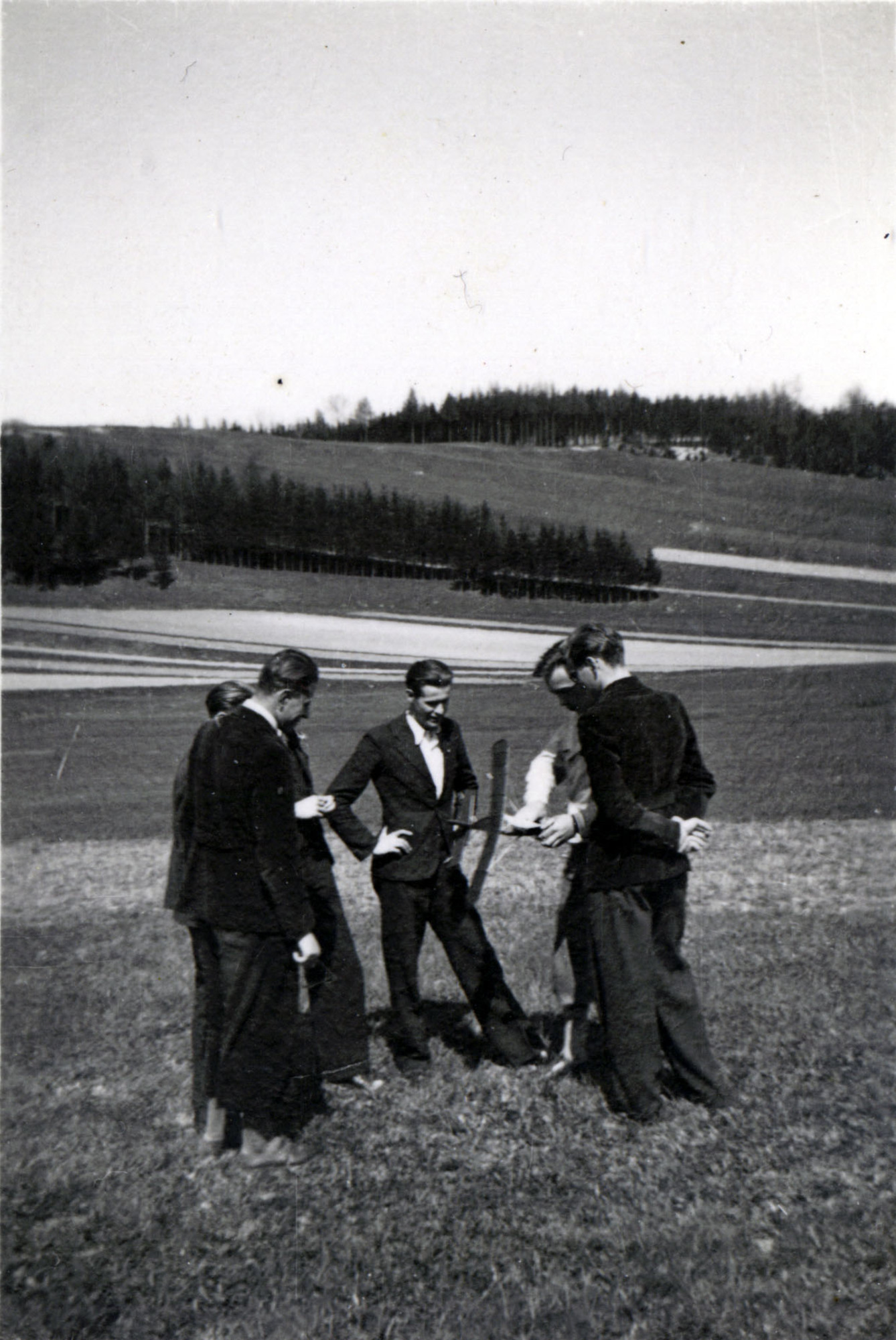

The long standing European horse breeding organizations are in transition and have realized the potential of genomics for future practical horse breeding.

Equine genetic and genomic research in Europe is carried by several strong and experienced research groups with high expertise and access to the latest methods and technologies, such as high-density SNP genotyping and next generation sequencing. An overview will be given of projects and initiatives in Europe in the field of equine genomics including prospected routine applications.

Since then, several European scientists have significantly contributed to the development of tools and strategies for using genomic information in the study of hereditary conditions and for improvement of breeding programs. more ABSTRACT Abstract Text: With completion of the horse genome sequence in 2007, the potential of close international collaboration of researchers was impressively demonstrated, and an important step for genomic research in horses was taken. ĪBSTRACT Abstract Text: With completion of the horse genome sequence in 2007, the potential of cl. A rather unusual finding was the pituitary carcinoma in one of these dogs. The main lesions consisted of atrophic dermatosis with alopecia, increase of activity of liver enzymes in plasma and bilateral adrenocortical hyperplasia and therefore corresponded to the typical signs of a secondary hyperadrenocorticism. Two fullsiblings were examined by means of clinical, laboratory diagnostic and morphological methods. Eleven of these dogs were so closely related to each other, that they were summarized in four nucleus families. A joined pedigree could be ascertained for all these 17 dogs. Cushing's disease was diagnosed in eleven wire-haired Dachshunds and for further six wire-haired Dachshunds Cushing's disease was suspected on the basis of clinical signs. more Canine pituitary hyperadrenocorticism (Cushing's disease) caused by neoplasia of the corticotrope cells is one of the most common endocrine diseases especially in smaller dog breeds. In Model 1, the fixed effect age at studbook inspection, and the random effect date-place interaction w.Ĭanine pituitary hyperadrenocorticism (Cushing's disease) caused by neoplasia of the corticot. To investigate the effect of correcting for the proportion of genes of foreign breeds, two different models were used for the analyses. Genetic evaluation was subsequently performed using Best Linear Unbiased Prediction. Genetic parameters were estimated univariately for eight routinely scored conformation traits (head, neck, saddle position, frontlegs, hindlegs, type, frame, and general impression and development), and height at withers from studbook inspections, in a linear animal model using Residual Maximum Likelihood (REML). For our analyses, we considered all Hanoverian mares born from 1992 to 2005 with available studbook inspection data. more Conformation data of in total 29 053 Hanoverian warmblood mares were used to determine whether genetic evaluation for conformation in the Hanoverian could benefit from the inclusion of the proportion of genes of foreign breeds in the model. Conformation data of in total 29 053 Hanoverian warmblood mares were used to determine whether ge.


 0 kommentar(er)
0 kommentar(er)
